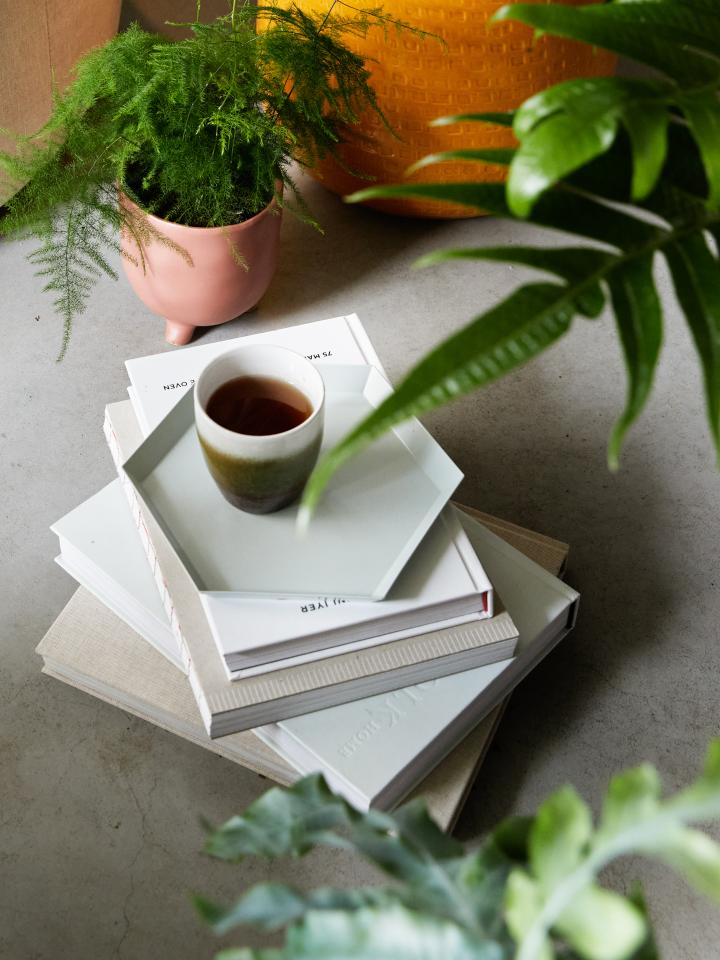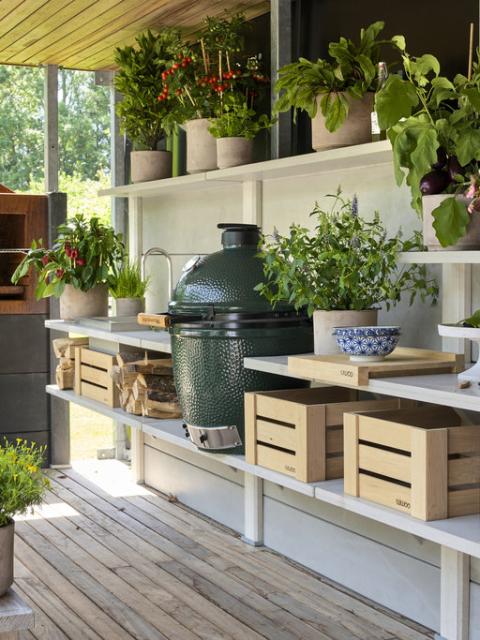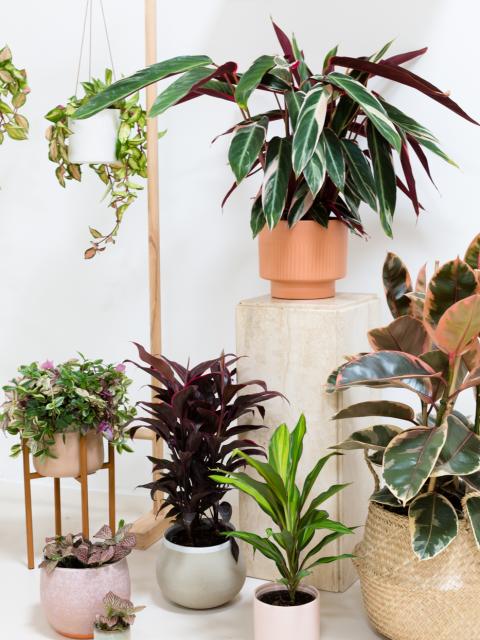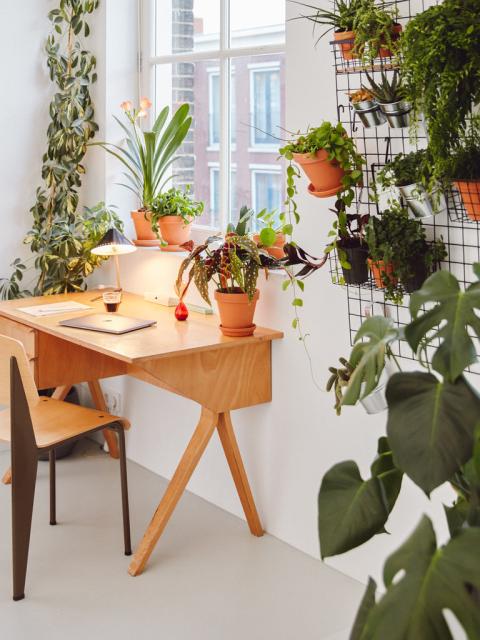From pines to flowers
The last important transition in the history of plants is from pines and spruces to flowering plants such as oak trees and rose bushes. Leaves adapted to make all the reproductive organs of the plant appear in a single special structure, better known as the flower. This transformation allowed flowering plants to become the most important plant group on earth. They now make up over 90% of all the plants alive today, and are vital to humans and animals as a source of food — think fruits, vegetables, nuts, grains and seeds. Whether we notice it or not, these plants are vital for the survival of humans and animals.
The history of medicinal plants
Plants have been used for their healing powers and topical skin care products since ancient times. In Ancient Greece during the time of Hippocrates, for example, St John's wort was used to soothe burns. And if a woman wanted to have a child then she would pick the same herb on midsummer night, while naked. Cloves were used for toothache, and they still are today. If your skin is sensitive to the sun, you may well know that the best remedy for sunburn is topical aloe vera — but it may surprise you to know that this remedy has been around since 2200 BC.
The future is green
The ancient wisdom of plants is experiencing a revival. As we move further away from nature and into the world of digital interfaces, artificial intelligence and machine learning, the more we look to nature as an antidote to our high-tech lives. Vertical gardens in high rise city blocks are just one example of this trend in urban design. Another behavioural change is the growing practice of shinrin-yoku. Perhaps a new appreciation of plant-based intelligence is on the horizon.
MORE INSPIRATION
Be inspired by our green style guide and discover how you can make every room in the house greener, and see all of our plant-based inspiration here. Share your own green inspiration with us via Instagram or Facebook with the hashtag #thejoyofplants.











